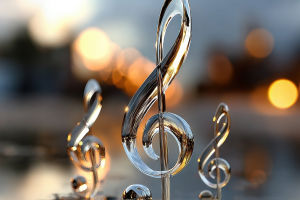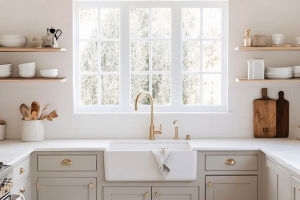Have you ever looked at a self-portrait and felt a connection to the artist's story? Self-portraits are more than just images—they are windows into how artists see themselves and wish to be seen by others.
This article will take you through the evolution of self-portraits, revealing how this art form has transformed over centuries and why it remains a powerful tool for self-expression.
The Origins of Self-Portraits
The earliest known self-portraits date back to ancient times, though they were rare. In many cultures, the idea of depicting oneself was limited by spiritual or social restrictions. However, during the Renaissance period, self-portraits became more common as artists like Albrecht Dürer and Leonardo da Vinci began to explore their own identities through painting. These early works were often highly detailed and formal, reflecting the artist's skill and status.
Self-Portraits as a Statement of Identity
Self-portraits served as a way for artists to assert their individuality. In a time when artists were often anonymous craftsmen, painting oneself was a bold claim of personal authorship and importance. This trend grew as the concept of the artist as a creative genius took hold. Self-portraits became a way to communicate personality, mood, and social standing, often using symbolism like clothing, objects, or background elements to enhance the message.
Changing Styles and Techniques Over Time
As art styles evolved, so did self-portraits. The dramatic realism of the Baroque period gave way to more experimental approaches during the Impressionist and Modern eras. Artists such as Vincent van Gogh and Frida Kahlo introduced emotional intensity and personal symbolism into their self-portraits. The brushwork became freer, colors more expressive, and compositions less formal, highlighting inner feelings rather than external appearances.
Photography's Impact on Self-Portraits
The invention of photography in the 19th century revolutionized self-portraiture. Suddenly, artists and ordinary people alike could capture their own image with unprecedented ease and accuracy. Photography expanded the possibilities for self-representation but also challenged painters to redefine their approach. Many artists responded by focusing on the psychological or abstract aspects of identity, rather than literal likenesses.
Modern and Contemporary Self-Portraits
In the 20th and 21st centuries, self-portraits have become more diverse in form and meaning. With the rise of digital media and social platforms, self-portraits are no longer confined to paintings or photographs; they now include video, performance, and mixed media. Artists like Cindy Sherman use self-portraiture to question identity and cultural stereotypes, turning the genre into a tool for social commentary.
The Psychological and Cultural Significance
Self-portraits are deeply personal but also culturally significant. They reflect how individuals understand themselves within society and how society shapes that understanding. Psychologists note that creating self-portraits can enhance self-awareness and provide insight into one's mental and emotional state. Culturally, these works reveal changing attitudes toward identity, beauty, and self-expression across different eras and communities.
Why Do We Still Love Self-Portraits?
The enduring appeal of self-portraits lies in their ability to tell human stories in a direct and intimate way. They invite viewers to glimpse the artist's world, making personal identity visible and tangible. Today, with selfies dominating social media, the tradition of self-portraiture continues to evolve, blending art with everyday life and challenging us to consider how we present ourselves to the world.
Conclusion: Your Own Self-Portrait
Have you ever tried creating your own self-portrait? Whether through drawing, photography, or another medium, it's a unique way to explore your identity and express who you are. The journey of self-portraits from formal Renaissance paintings to modern digital creations shows that this art form is as dynamic as the people who create it. What would your self-portrait say about you? I'd love to hear your thoughts!


